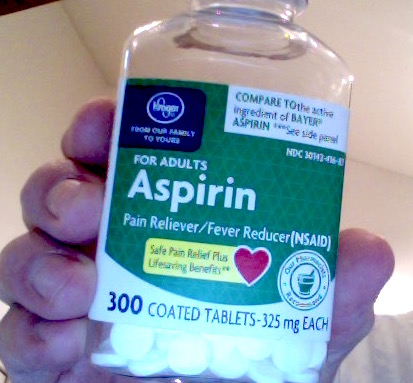 Because of some trademark or product protectionist agreement or with Bayer, there is no such thing as generic aspirin here in Japan.
Because of some trademark or product protectionist agreement or with Bayer, there is no such thing as generic aspirin here in Japan.
They sell aspirin in blister packs, ten to a package, for a little over $8.00 here. As if aspirin is some sort of amazing wonder drug.
Therefore, this bottle which I bought the last time I was in America for $6.99 here in Japan would cost over $240.00!
This is a simple example of how what would appear to be an innocuous patent agreement can dramatically impact the cost and availability of a consumer item.
I bring this up because the public is finally beginning to wake up to the perils of the TPP, a so-called free trade agreement aggressively being promoted by the Obama administration.
The type of arrangement which priced my aspirin in the stratosphere will exponentially expand under TPP. Of course, this only scratches the surface in terms of the horrifying implications. TPP is a weapon of mass socio-political devastation. Here is the entire text.
There are 12 countries included in the TPP: U.S., Japan, Australia, Peru, Malaysia, Chile, Vietnam, New Zealand, Singapore, Canada, Mexico, and Brunei Darussalam, representing 11.3% of the world population and 40% of the total economic activity across the planet.
TPP will affect just about everything bought and sold, used by most of us on a regular basis — food, clothing, medications, movies, songs, cars, smart phones, furniture — you name it and TPP will be there with its hairy arms wrapped around it one way or another.
The TPP trade agreement runs over 5,000 pages. It’s been in formulation and negotiation for over three years. Until very recently, it has been completely kept from the public eye — literally it was subject to a top secret classification and anyone even attempting to discuss its details was subject to fines and imprisonment — which alone should have raised major red flags about its contents. Parts of it were leaked and then finally the entire text of this burdensome document was released. Now the worst suspicions of those issuing warnings all along have been confirmed. There is so much to condemn about this diabolical gift to corporations, we could go on for months detailing its egregious agenda and ruthless grab for power. Much of the analysis and resulting critique is very technical. Most people can be forgiven for having their eyes glaze over and their attention wander.
I offer my simple anecdotal tale to make this complex issue real and accessible.
I submit it as a typical dose of daily life and hopefully a loud wake-up call.
Corporations do whatever they can to maximize profit . . . period!
Corporations are not community-minded or people-oriented.
Corporations are not loyal to countries or their citizens.
Corporations are not in the business of being nice.
They are only in business to make money. Anything which stand in the way of making money must be eliminated or changed.
We’ve had NAFTA, CAFTA, GATT, WTO.
TPP is now the last in a long list of systematic efforts to fashion the rules, engineer the marketplace, game the system, load the dice, all in the name of making greater profits. The TPP is a brilliant, if insidious redesign of the macro-economic regime to favor profit over people, corporations over government, faceless multinational corporate hegemony over local community and citizen control. Please understand . . .
TPP is not an abstraction. It is a genuine threat.
TPP is the worst trade agreement in history.
TPP will crush people under the weight of corporate greed.
TPP will destroy America as a sovereign nation and a functioning democracy.
TPP will destroy any hope for citizens having a say in the future of this country.
TPP will imprison the 99% and make us permanent slaves of the corporate state.
TPP is misleadingly named the Trans-Pacific Partnership and is being sold as a trade agreement. It in fact is neither. It is not a partnership of nations. Nor is it a mere trade agreement. Designed by multinational corporations, mostly headquartered in America, it is a supra-national framework for destroying the sovereignty of nations and giving citizens of those nations — that’s you and I — even less say in the industries and marketplace which produce and make available the items we purchase, including the basic necessities of life.
As workers, it gives us less power to improve our wages and working conditions. Worker safety will suffer, union organizing will become all but impossible.
As consumers, the quality and safety of everything we buy will be compromised. It will be a race to the bottom, as any attempt at regulation and requiring transparency is challenged under rules limiting and barring practices which interfere with pursuit of profits.
As members of communities, any and all of our efforts, both local and national regulation of environmental conditions — meaning he purity and safety of our ground, air, and water — will come under attack, and all of the progress made to improve the environment over many decades will unravel.
The evil step-sister of TPP is TTIP — the Transatlantic Trade and Investment Partnership — a nearly identical regime of corporate tyranny targeting the 28 nations of the European Union which is simultaneously under negotiation and aggressively being promoted by our self-described “progressive” president.
Greenpeace just managed to leak 13 of 17 chapters of the most recent version of TTIP.
There have been massive demonstrations and riots going on in Europe against TTIP for quite some time now. The release of the text of TTIP has heightened tensions even more.
U.S. citizens might just want to ask themselves: What’s all the fuss about?


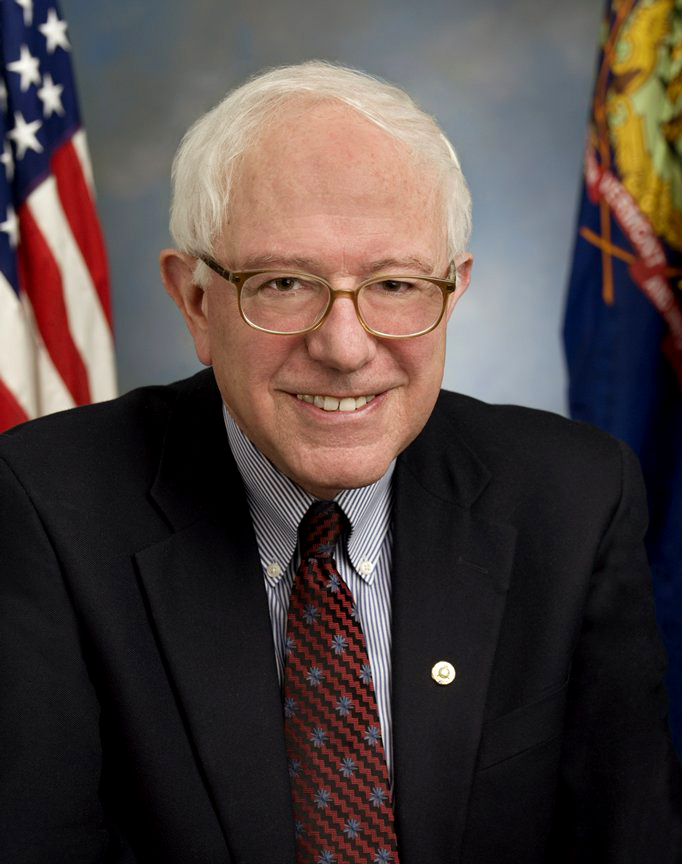

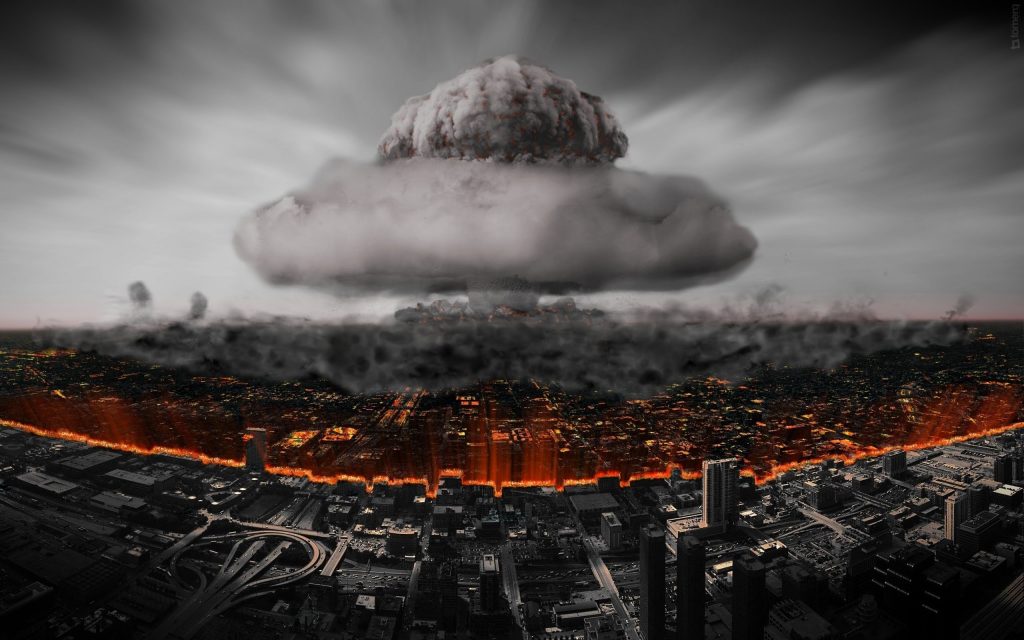

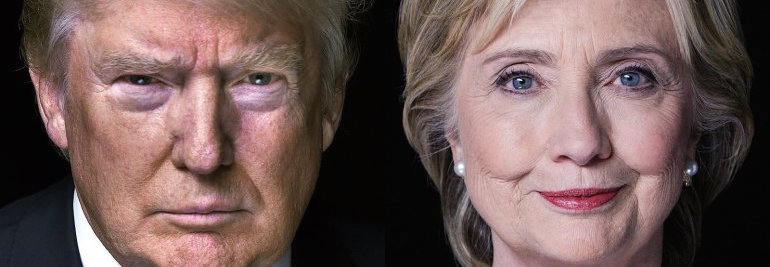
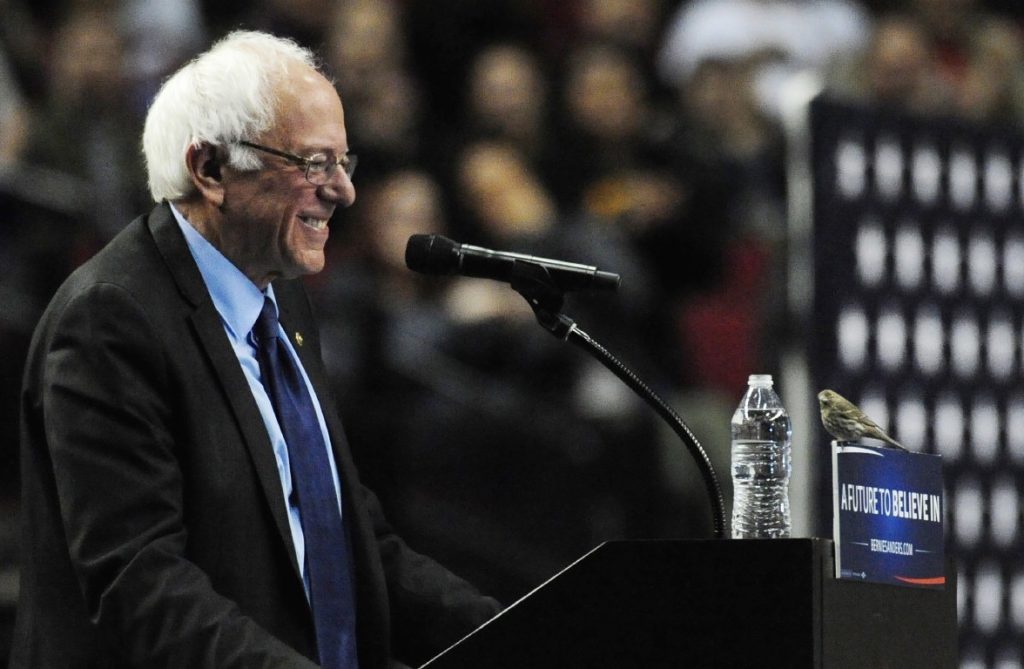

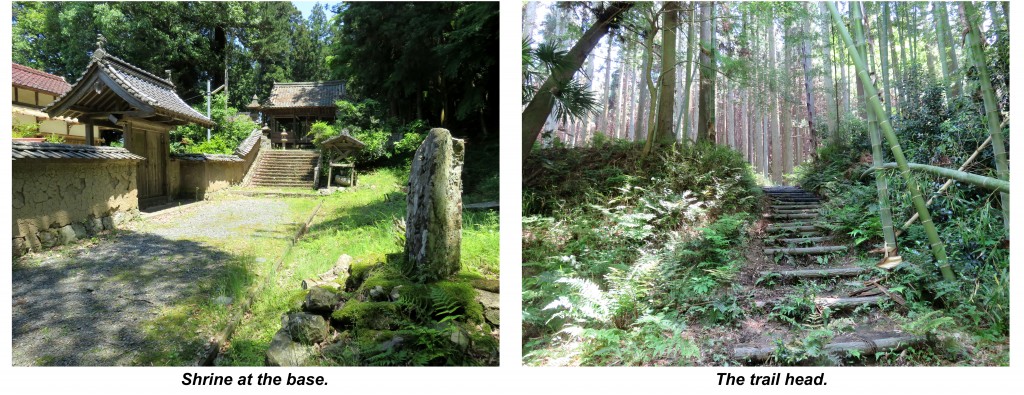
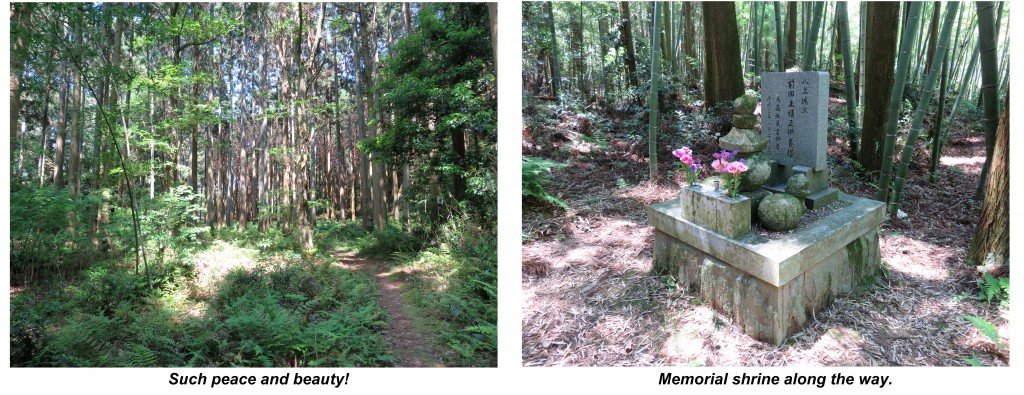
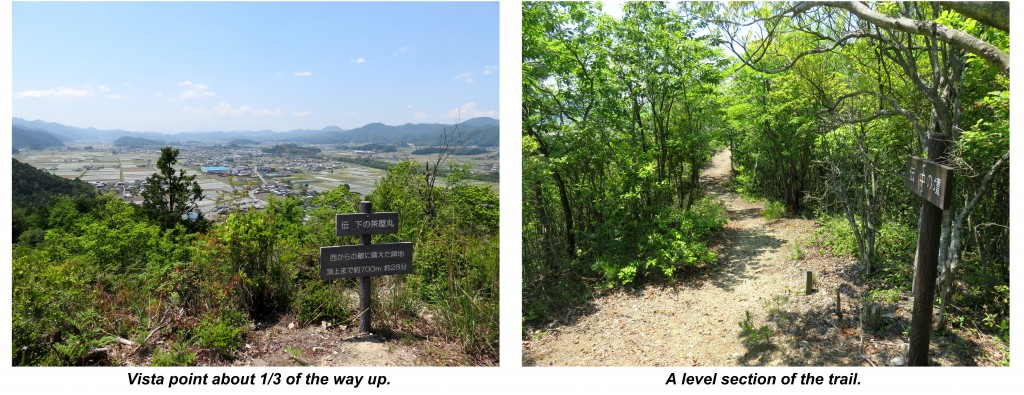
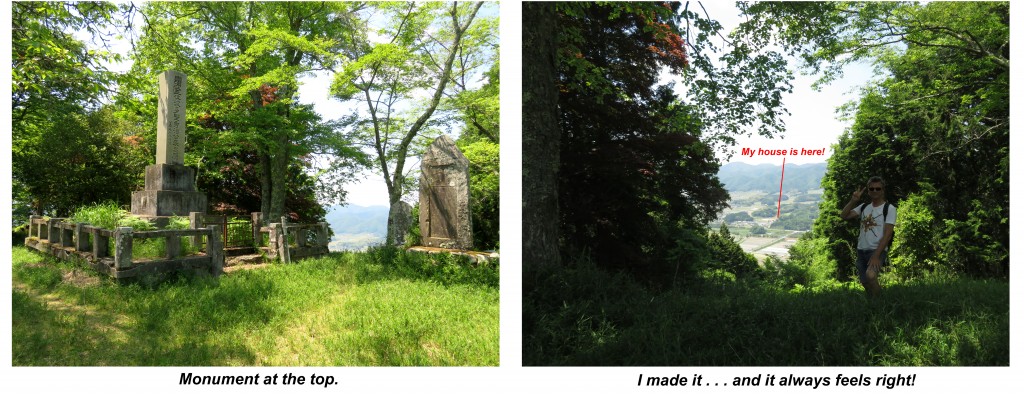
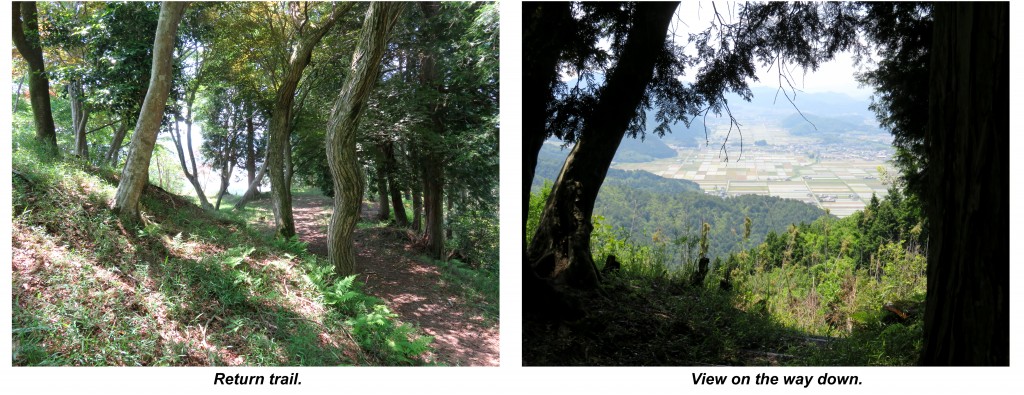




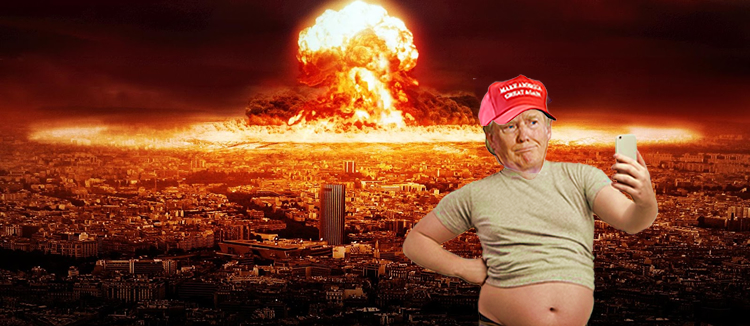


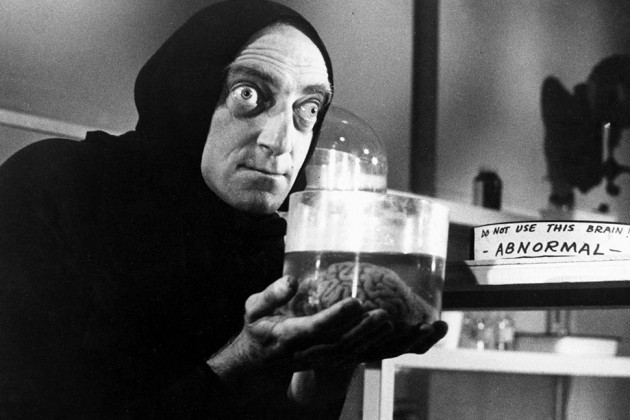
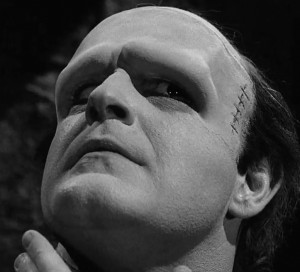





Kingda Ka, oh baby!
I love my wife’s perspective on America.
She recently drew my attention to Kingda Ka, one of the world’s fastest and probably most frightening roller coasters. It whips riders straight up, then plunges them straight down, in a shrieking, brain-compressing drop of 418 feet. Maximum speed? 128 MPH! You can see from the POV YouTube video at the end of this posting, this ride is most definitely not for the faint-of-heart.
Kingda Ka is one of the main attractions at Six Flags Great Adventure in Jackson, NJ and has no shortage of takers. These would be the same people who like base-jumping from the Eiffel Tower and bobbing for apples in a wingsuit in the jet wash of a 747.
Back to Masumi, my brilliant Japanese wife.
“So . . . America can build a high-speed jet coaster [ roller coasters are called jet coasters here ] but they can’t build a high-speed train?”
Now, this was not America-bashing. Masumi has no particular problem with America — that is, other than a couple of atomic bombs in 1945 and all of the raping and murders that go on in Okinawa because of the U.S. military base there. Despite these minor caveats, she has no repressed antipathy toward America.
It was just a comment, an expression of astonishment at the incongruity of it all, as in: “You can send a man to the moon but you don’t have any way of sewing buttons on a shirt?”
Maybe this comes as a shock to most Americans: But trains as a form of transportation are completely taken for granted in most of the industrialized world. China, Italy, Great Britain, Switzerland, Austria, France, even South Africa, India, Malaysia, and Thailand, and of course Japan, are just some of the countries where I have personally used trains to get around. In most places, trains are like flush toilets, running water, electricity, roads, and now WiFi. They are a standard component of everyday life, just like cars in the U.S. You want to go somewhere? You take a train. Every day around 7:30 am, the trains here are full of kids on their way to school and businessmen on their way to work.
Beyond regular train service, high-speed trains — high-speed is considered being able to sustain a speed of 200 MPH, though many go much faster — are, among other places, up and running in China, Spain, here in Japan, France, Sweden, Turkey, the United Kingdom, Germany, Italy, South Korea, Russia, Finland, and even Uzbekistan. China leads the world with almost 12,000 miles of high-speed rail, Spain is second with over 1,900 miles, and Japan is third with over 1,650 miles.
Yes, this is pretty standard fare. In Europe and Asia, everything is connected. All of the airports, both domestic and international, the trains, the subways, and the buses, are all engineered in vast intertwined and layered matrices to make transportation the least of anyone’s worries.
If you want to get technical about it, Masumi is not entirely correct. The U.S. does have one high-speed corridor. It is part of the Acela Express service between Washington DC and Boston. It’s a 17 mile-long stretch where “theoretically” the train could reach the 200 MPH qualifying speed. But the entire run is on rickety old regular railroad tracks and the train makes so many stops, the average speed for the trip is only around 65 MPH. Good grief! The normal everyday trains here in Japan go faster than that!
As if the U.S. were not already dismally behind just about every other advanced country — and some not so advanced — get this: China and Russia are in the process of developing something called hyperloop technology, a system using magnetically-suspended pods to transport people and products across the expanses of their vast countries at — are you ready for this? — up to 750 MPH! Seat belts are recommended.
“So America can build a high-speed jet coaster but they can’t build a high-speed train?”
Actually, it could. It just doesn’t.
Until you can visit Six Flags Great Adventure personally, I’ll just leave you with the next best thing.